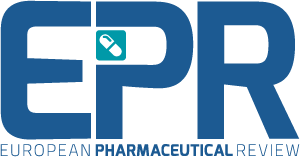From data to knowledge through smart Process Analytical Technologies (PAT) and process systems engineering
3 December 2008 | By
Pharma-Chem and bio-pharma development and production are now being profoundly influenced by the FDA PAT1 initiative with spectroscopic instrumentation being increasingly applied, or at the very least explored in product and process development and for on-line real-time process applications. The issues related to robust spectroscopic data analysis and calibration modelling…












